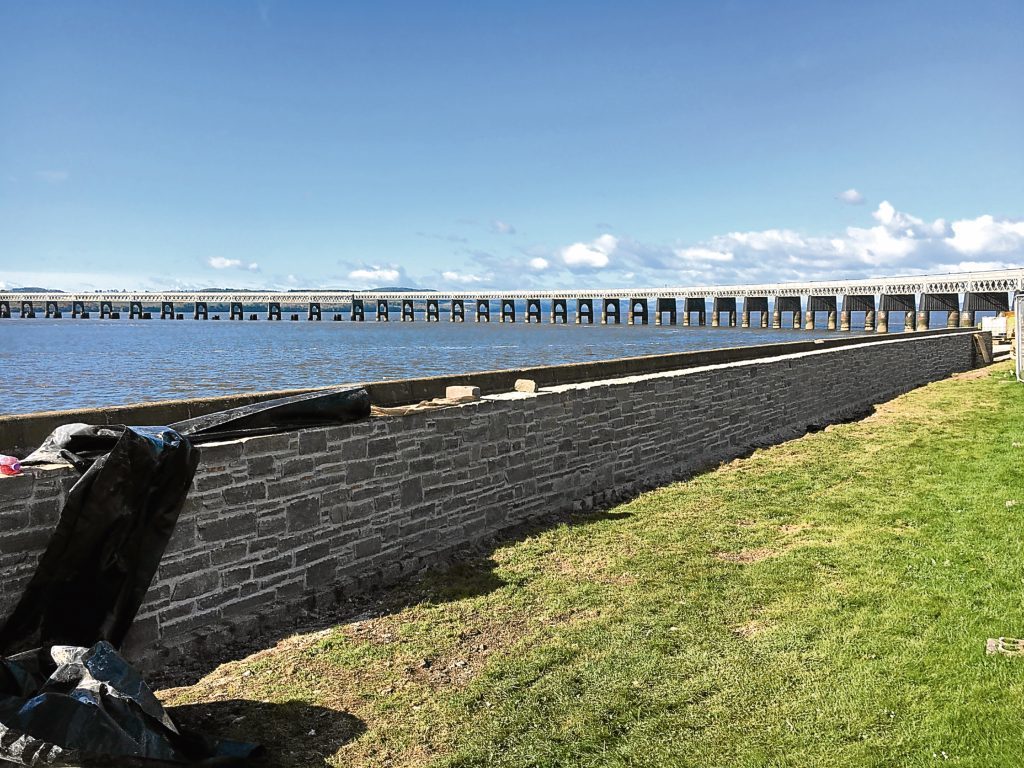A “boulder future” for the Scottish stone industry has been welcomed on the floor of Holyrood.
But concerns remain that indigenous firms are being penalised by legislation which is leading to a massive annual importation of inferior stone from other quarries across the globe.
During a members’ business debate secured by Angus South SNP MSP Graeme Dey, the work of the Scottish Stone group (SSG) and the importance of the indigenous sector across the country came under the spotlight.
Angus company Denfind Stone has been instrumental in the setting-up of the SSG, alongside Hutton Stone of the Borders and Tradstocks in Stirlingshire.
MSPs from a number of political parties spoke in the debate to raise awareness of the indigenous stone sector across Scotland.
Currently around 85% of stone used in Scotland is imported at a cost of £40 million a year and the Scottish Stone Group is driving promotion of the use of native stone that would help create jobs, support communities and raise quality standards.
Mr Dey hailed Denfind Stone – which began trading from Pitairlie quarry in 2004 – as an industry success story.
“Scotland’s resurgent stone industry could have a huge positive impact, not only on our economy and local communities, but environmentally too, as we look to reduce our carbon footprint caused by importing material from across the globe.”
Brian Binnie, managing director of Denfind Stone and SSG founding member said: “We understand that this was the first dedicated debate on the natural stone industry in the Scottish Parliament and we would like to thank Graeme Dey for highlighting the sector.”
Scottish Conservative MSP Bill Bowman said he believed EU competition laws have held local quarries back.
The north east region member said EU procurement and ‘fair competition’ laws prevent public contracts from being awarded to stone suppliers from specific quarries.
Mr Bowman said: “This policy, intended to benefit the EU, has resulted in most of its members importing stone from outside of EU borders – benefiting none of the suppliers within.”
“Scotland imports around 85% of its building stone at a cost of approximately £40 million each year. This has not always been the case.
“The Scottish stone industry used to stretch far and wide, with thousands of quarries supplying the construction of buildings, walls, roofs and pavements throughout the country.
“Scotland still has over 450,000 ‘traditional buildings’ – all of which are or will be in need of maintenance and repair at some point.”
Mr Bowman said the importance of Angus sandstone Aberdeen granite, Caithness flagstone is at the very height of quality, compared to cheaper product from the likes of Brazil and China.











